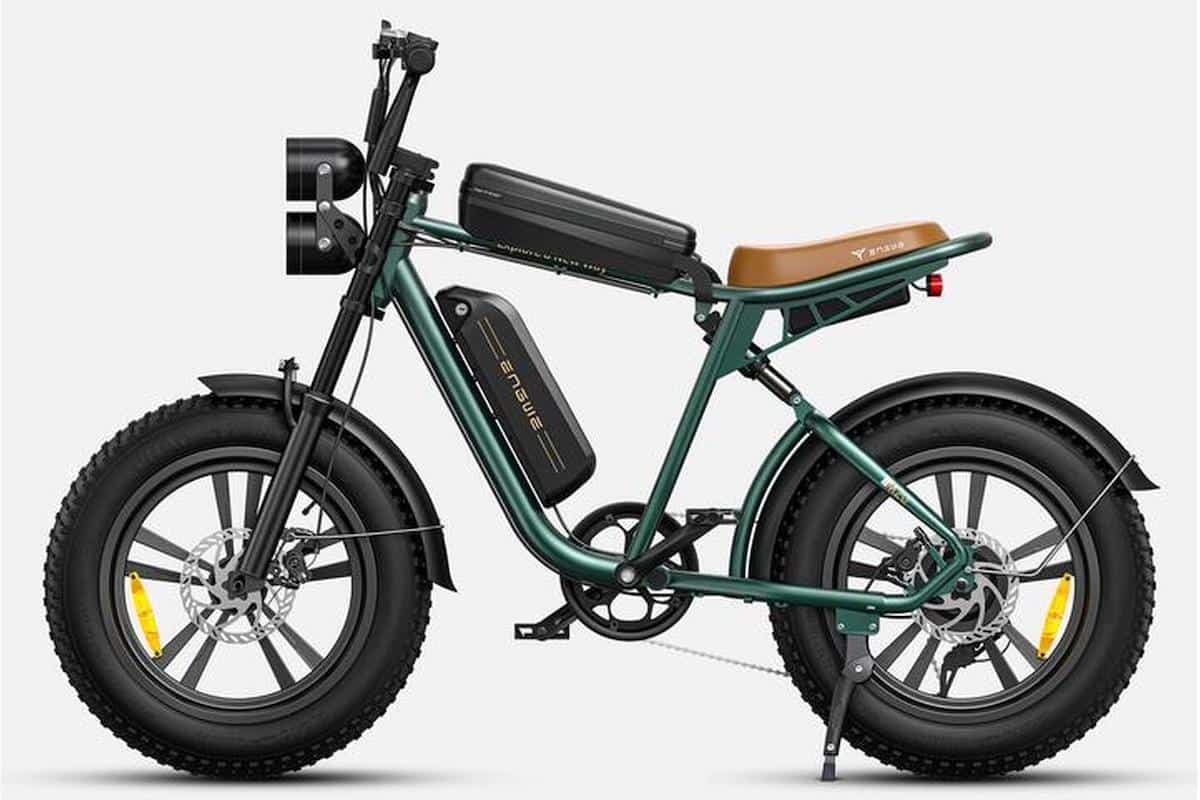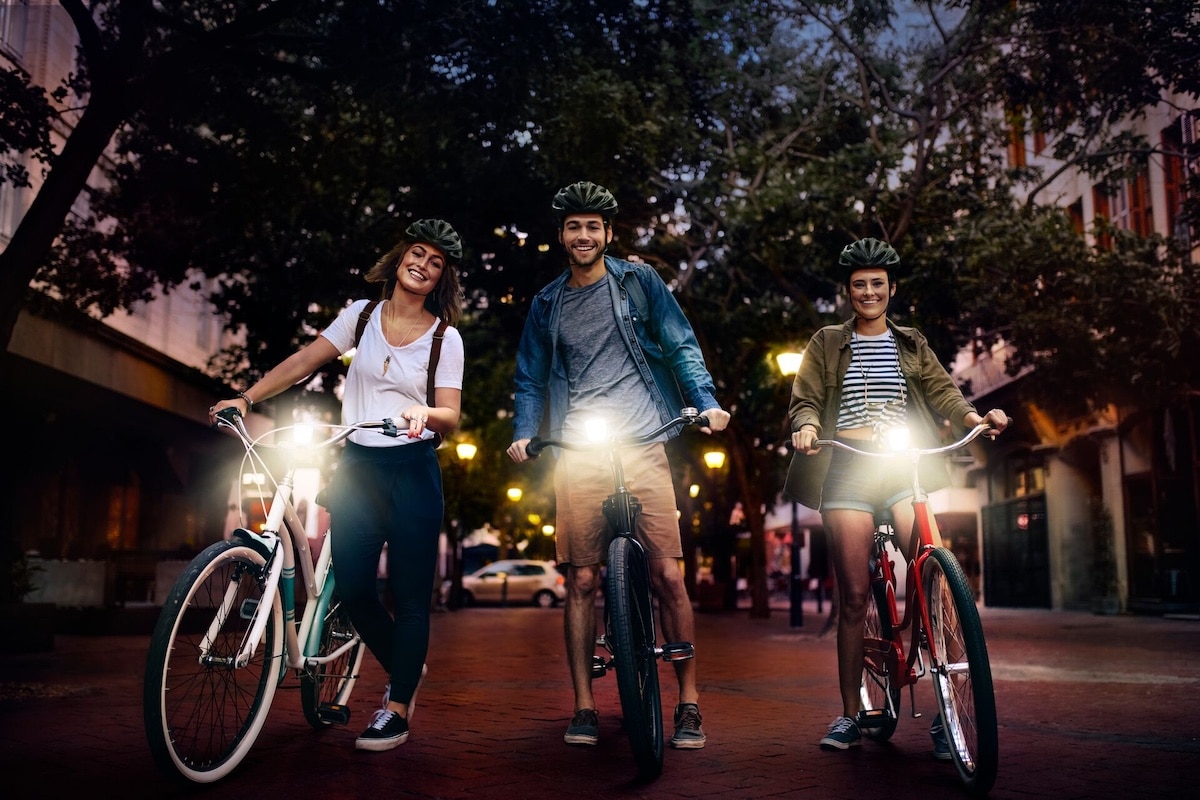Fatbikes in Paris: Cause or Effect of Chaotic Urbanization?

Fatbikes, bikes with oversized tires, are taking over Paris. Straddling the line between fashion and necessity, their popularity is sparking controversy.
Are they a solution to mobility challenges in the capital, a symptom of failing infrastructure, or an emerging regulatory issue?
Paris, despite its ambitions to become a bike-friendly city, struggles to provide infrastructure that meets expectations. The roads, often lined with cobblestones, potholes, and rough patches, make riding difficult for traditional bicycles. The sidewalks are hardly better, with debris and uneven surfaces.
In this context, fatbikes appear as a logical solution. Their wide, durable tires better absorb shocks and reduce the risk of punctures, a common problem on Parisian roads scattered with glass shards and sharp objects.
A response to weather conditions
Paris is not spared from bad weather: rain, snow, fallen leaves… Slippery surfaces can quickly become traps for cyclists. Fatbikes, with their increased stability, attract attention with their ability to ride confidently regardless of conditions. Their “all-season” versatility is an asset in a city where road maintenance remains uneven.

Beyond their robustness, a thorny issue is emerging with these electric bikes: their speed. Many electric fatbikes sold or modified in Paris do not comply with European regulations limiting electric assistance to 25 km/h. These de-restricted models can reach 40 or even 50 km/h, making them not only illegal but also dangerous on urban infrastructure designed for moderate speeds.
This excessive speed increases accident risks, especially with more vulnerable pedestrians and cyclists. In already congested and often poorly organized streets, these fast bikes intensify tensions among different road users.
Fashion trend or real need?
Beyond practical aspects, fatbikes also enjoy a certain hype. Inspired by sporting activities like mountain biking or winter adventures, these imposing bikes appeal through their unusual look and durability. But this trend raises questions: are Parisians adopting fatbikes out of genuine utility or simply following a fashion?
While their popularity is undeniable, fatbikes are not without criticism. Their bulk is problematic, particularly on already crowded bike paths and parking areas. Their often high weight complicates transport and parking, especially in a city full of stairs and sidewalks. Electric models, though convenient, also raise environmental concerns: are their manufacturing and energy consumption aligned with Paris’s goals for sustainable mobility?

Symptom or solution?
The rising popularity of fatbikes reflects a paradox: on one hand, they compensate for the flaws of a city ill-prepared for a real cycling revolution; on the other hand, they risk worsening certain coexistence issues, notably due to their excessive speed. Their success highlights the urgent need to improve Parisian cycling infrastructure: better-maintained bike lanes, repaired roads, and efforts to reduce debris could lessen reliance on these extreme bikes.
Instead of settling for temporary solutions, proactive measures are essential. Improving road conditions, increasing controls on de-restricted electric models, and raising awareness among cyclists about safety rules could reduce the negative impacts of fatbikes. Their popularity, while interesting, ultimately reveals one thing: Paris still has a lot of work to do to become a true cycling capital where speed and safety can coexist harmoniously.
ALSO READ: Motorized violence in Paris, who’s to blame?
This page is translated from the original post "Fatbikes à Paris : cause ou effet de l’urbanisation chaotique ?" in French.
We also suggestthese articles:
Also read






